Many of us enjoy pushing ourselves to the limit, testing the boundaries of what we are able to achieve. This has led to the rise in popularity of many extreme sports, from base jumping to highlighting to big wave surfing. Often, these are outdoor and adventure sports that will put you against extreme or volatile forces of nature. However, there is one classic test of fitness, endurance, and mettle which surpasses all of these, and that sport is mountain climbing.
Scaling the highest peaks in the world requires a combination of hiking, rock climbing, ice climbing, and cold endurance, which naturally makes it quite a niche activity. You need to be mentally and physically ready, have expert skills and equipment, be experienced and aware of the dangers, as well as being able to fund your trip.
As there is so much preparation and equipment involved in tackling these daunting climbs, they can cost eye-watering sums in total. You’ll likely be going as part of a guided group, led by someone who is familiar with the mountain and has completed the climb multiple times before.
With this in mind, we wanted to find out which climbs are the most expensive to complete. Having looked at figures for the cost of joining a guided climbing group, as well as how much the required equipment would cost to purchase or hire (where possible), we’ve created a list of the most expensive mountains to climb.
The top 10 most expensive climbs in the world
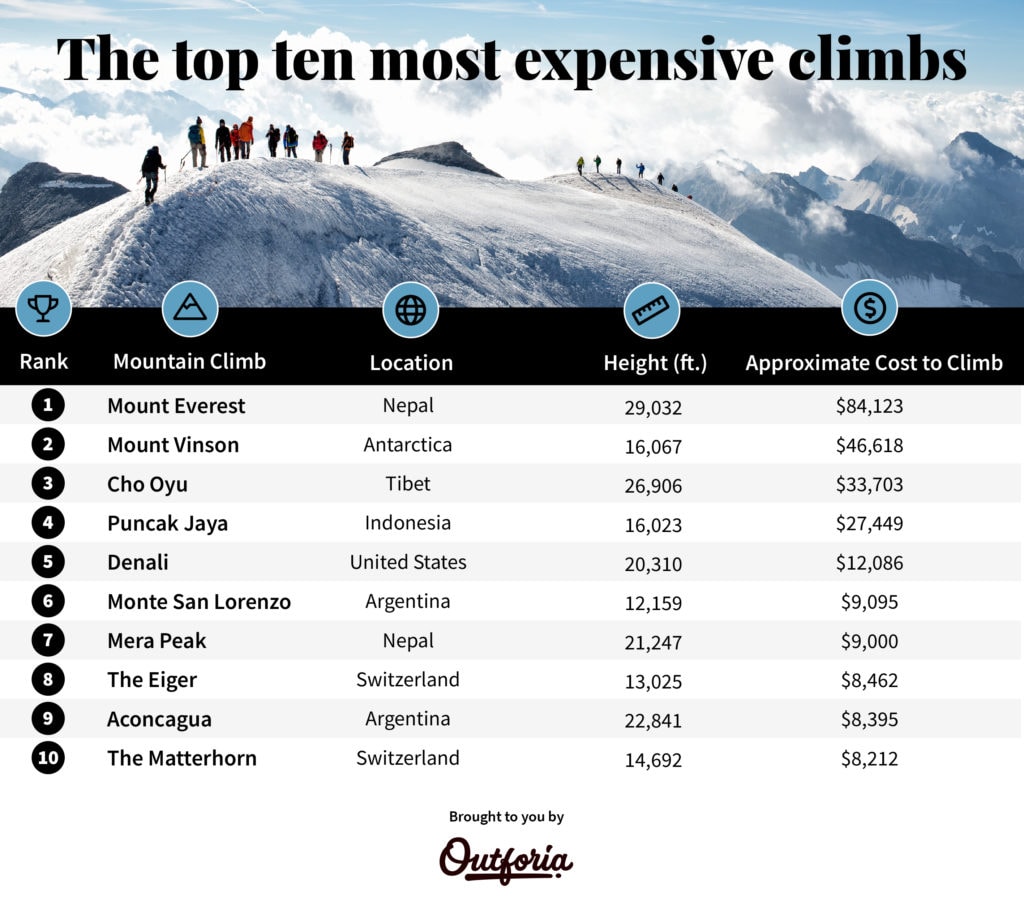
Share this Image On Your Site
<a href="https://outforia.com/climbing-costs"><img style="width:100%;" src="https://outforia.com/wp-content/uploads/2021/06/2.-Table-1024x914.jpg"></a><br>Climbing Costs Infographic by <a href="https://outforia.com">Outforia</a>1. Mount Everest, Nepal Approximate Cost: $84,123
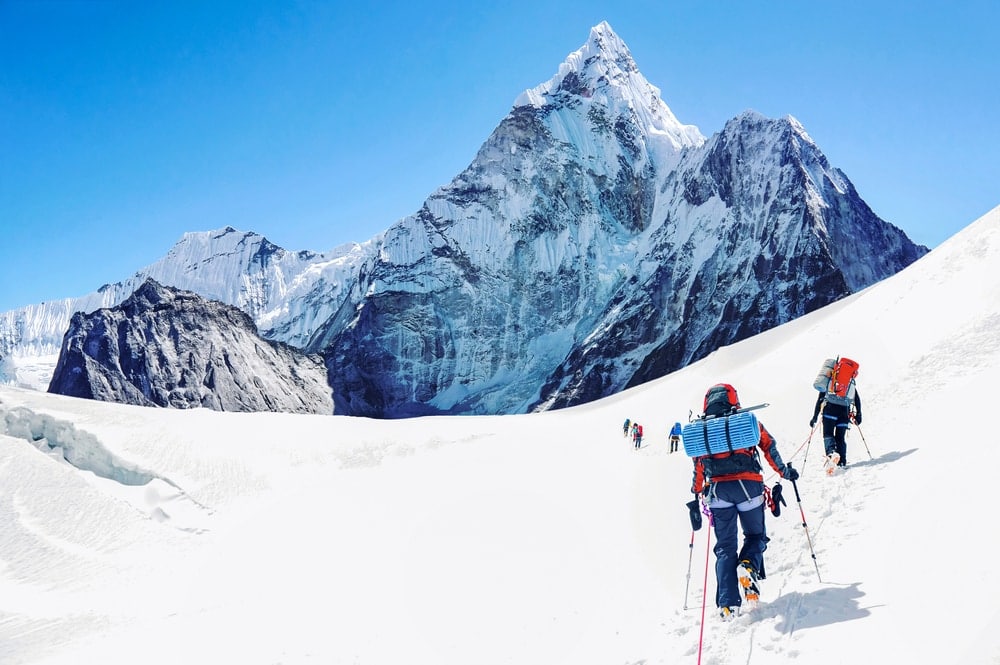
The tallest mountain in the world, Mount Everest is also the most expensive to climb, and understandably so. There have been 143 deaths on the mountain so far in the 21st century, making it an extremely dangerous climb to attempt.
First recorded successful climb: Edmund Hillary and Tenzing Norgay, 1953
2. Mount Vinson, Antarctica Approximate Cost: $46,618
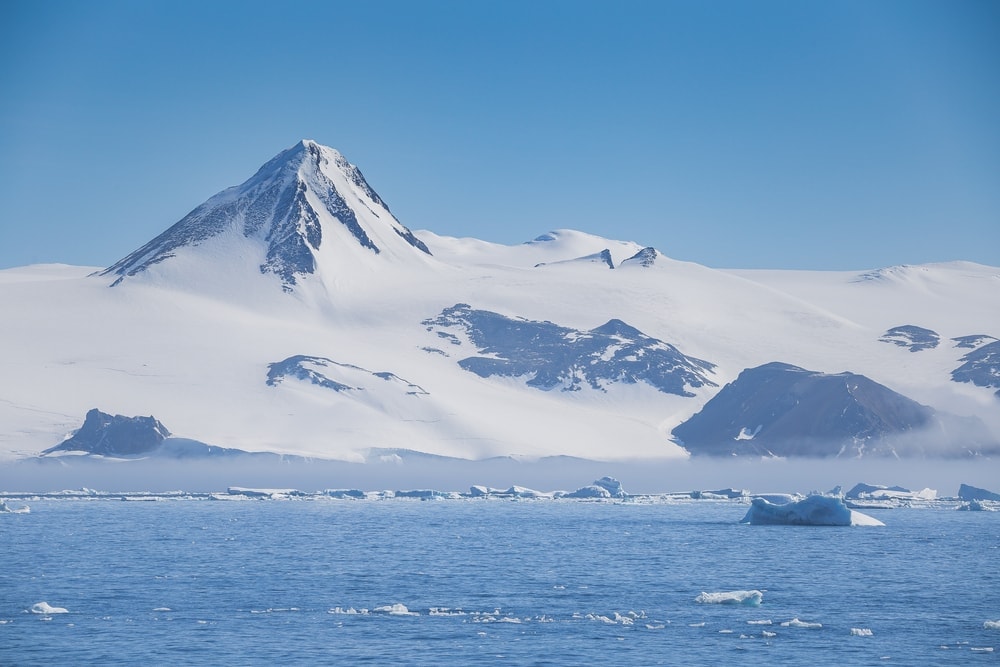
Located in the pristine environment of Antarctica, Mount Vinson has an otherworldly beauty that is difficult to match. The sheer remoteness of this mountain, combined with the extreme weather conditions, makes this climb more complex than others, and therefore also more expensive. However, there have been no recorded deaths of mountaineers on Mount Vinson, making it also a relatively safe climb, statistically speaking.
First recorded ascent: American Antarctic Mountaineering Expedition led by Nicholas Clinch, 1966
3. Cho Oyu, Tibet Approximate Cost: $33,703
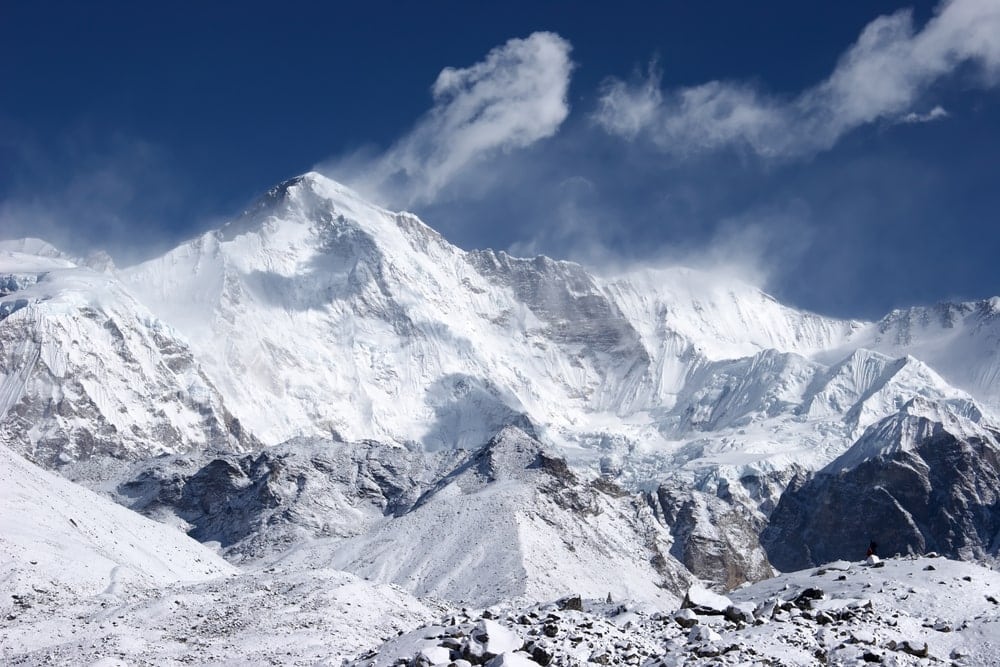
Cho Oyu, which means “Turquoise Goddess” in Tibetan, is the third most expensive mountain to climb. Sitting on the Nepalese-Chinese border in the Western Himalayas, approximately 20km from Mount Everest, Cho Oyu has had relatively few casualties compared to its slightly taller neighbor. With only 44 deaths, it has a death rate of 1.4%, the lowest of any of the eight-thousand-meter peaks.
First recorded ascent: Joseph Jöchler, Herbert Tichy, and Pasand Dawa Lama, 1954
4. Puncak Jaya, Indonesia Approximate Cost: $27,449
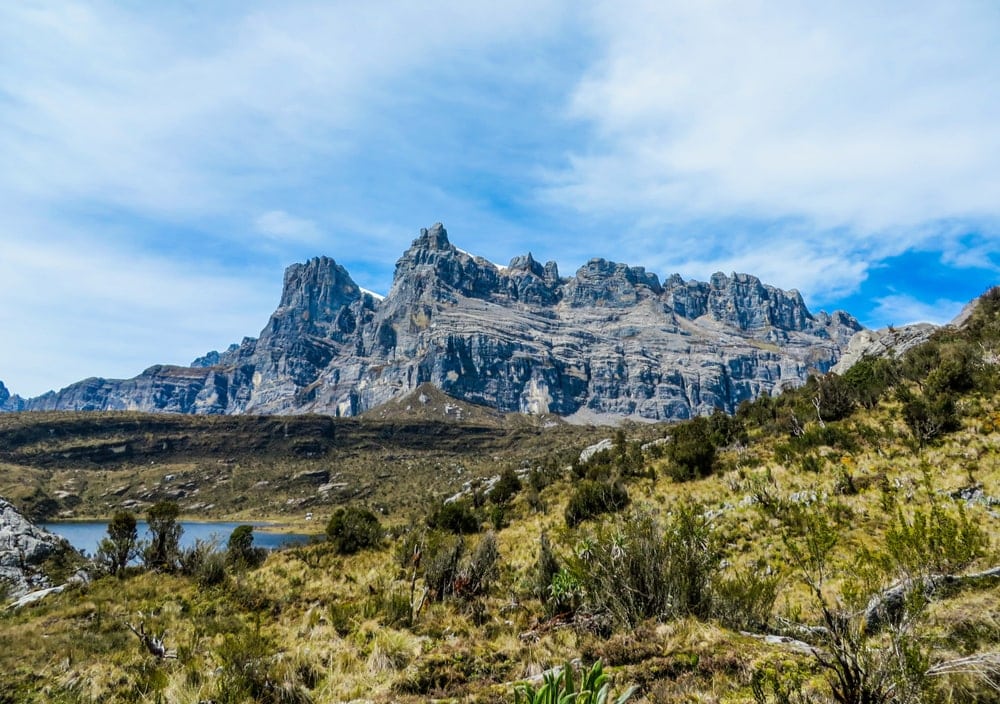
Puncak Jaya, or Mount Cartsenz, is the highest island mountain in the world, and the tallest peak in Oceania. Situated in the Sudirman Range in Indonesia, this mountain is notoriously difficult to reach. The first option is to fly to base camp by helicopter, which is dangerous and only possible in favorable weather conditions, while the normal route, a trek through the dense jungle, can take up to six days!
First recorded ascent: Heinrich Harrer, Philip Temple, Russell Kippax, and Albertus Huizenga, 1962
5. Denali, Alaska, USA Approximate Cost: $12,086
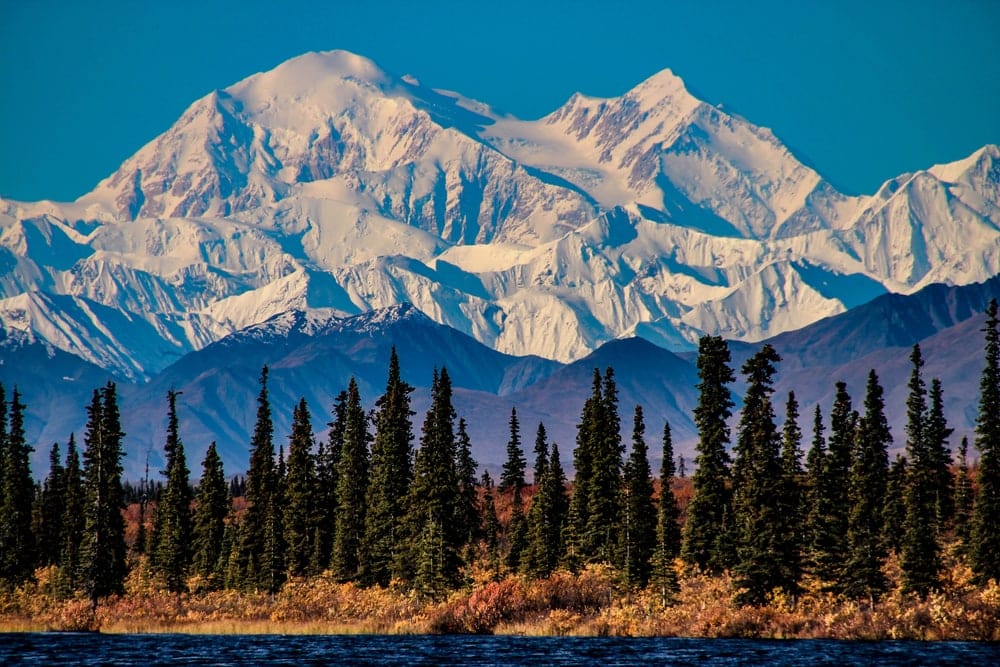
The tallest peak in North America, Denali is the fifth most expensive mountain to climb. Previously known as Mount McKinley, the mountain’s official name was changed to Denali, which is the name given to it by the local native Koyukon people.
First recorded ascent: Hudson Stuck, Harry Karstens, Walter Harper, and Robert Tatum, 1913
6. Monte San Lorenzo, Argentina & Chile Approximate Cost: $9,095
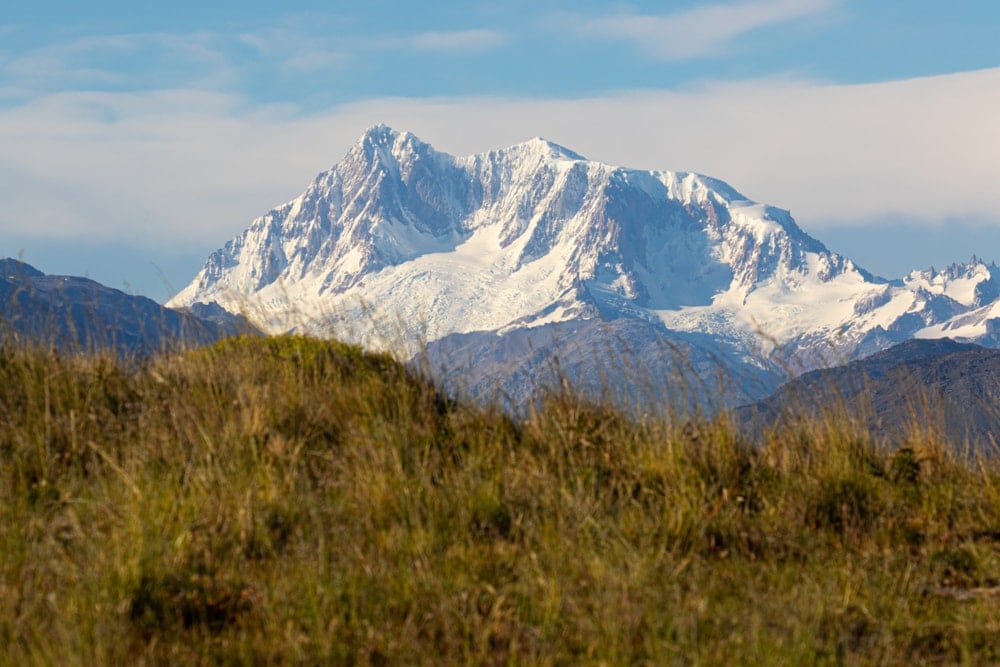
This mountain is located towards the southern end of South America, in Patagonia, where it straddles the border between Chile and Argentina. The mountain’s Chilean name, Monte Cochrane, refers to the nearby village of Cochrane, which is a popular launch site for expeditions up the mountain.
First recorded ascent: Father Alberto Maria de Agostini, 1943
7. Mera Peak, Nepal Approximate Cost: $9,000
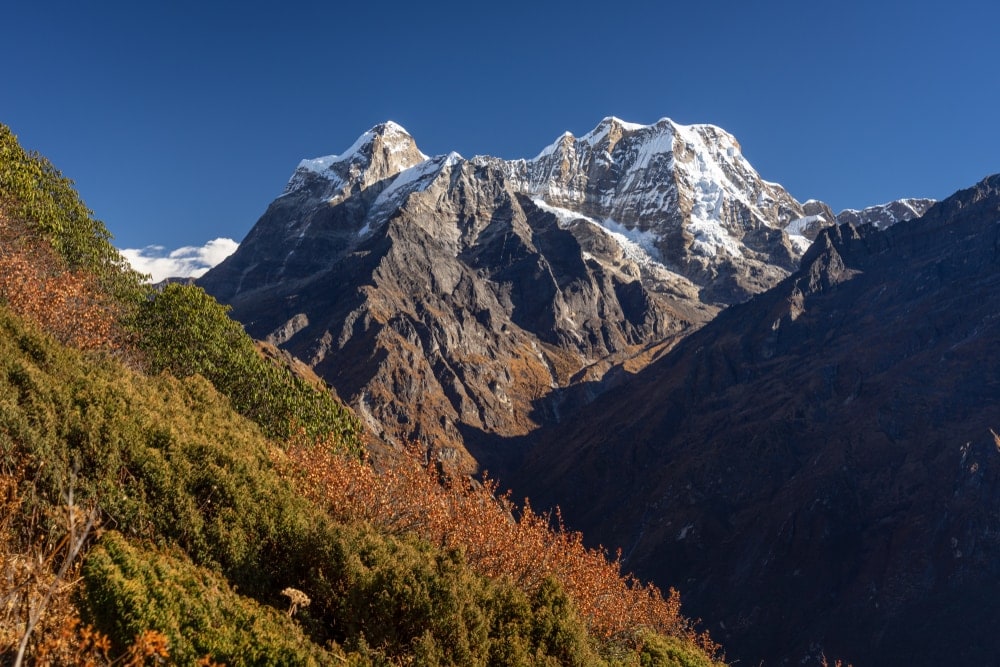
Another prominent mountain in the Himalayas, Mera Peak is the next most expensive to climb, with estimated costs of around $9,000 excluding travel expenses. Substantially smaller than Everest, Mera Peak actually has several different peaks which are possible to climb, as well as a slightly lower peak that is reachable by trekkers as opposed to climbers.
First recorded ascent: Col. Jimmy Roberts and Sen Tenzing
8. The Eiger, Switzerland Approximate Cost: $8,462
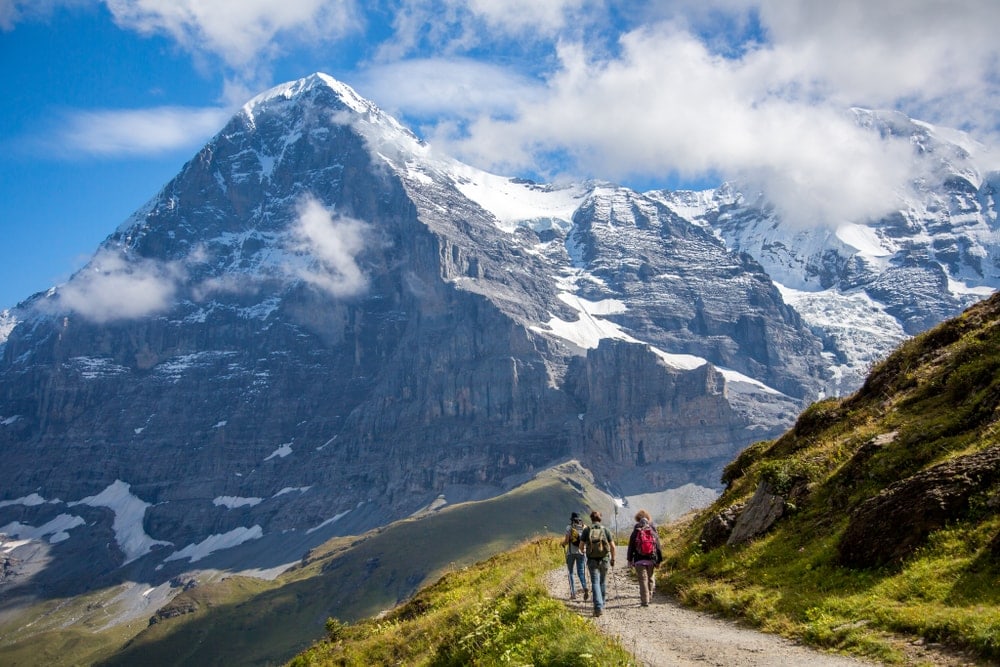
Rising high amongst the Swiss Alps is the Eiger, a towering and formidable-looking mountain particularly known for its north face, which is a sheer cliff-side over a mile high. Since 1935, at least 65 climbers have lost their lives during attempts on the Eiger’s north face, although there are less dangerous routes up the mountain.
First recorded ascent: Charles Barrington, Christian Almer, and Peter Bohren
9. Aconcagua, Argentina Approximate Cost: $8,395
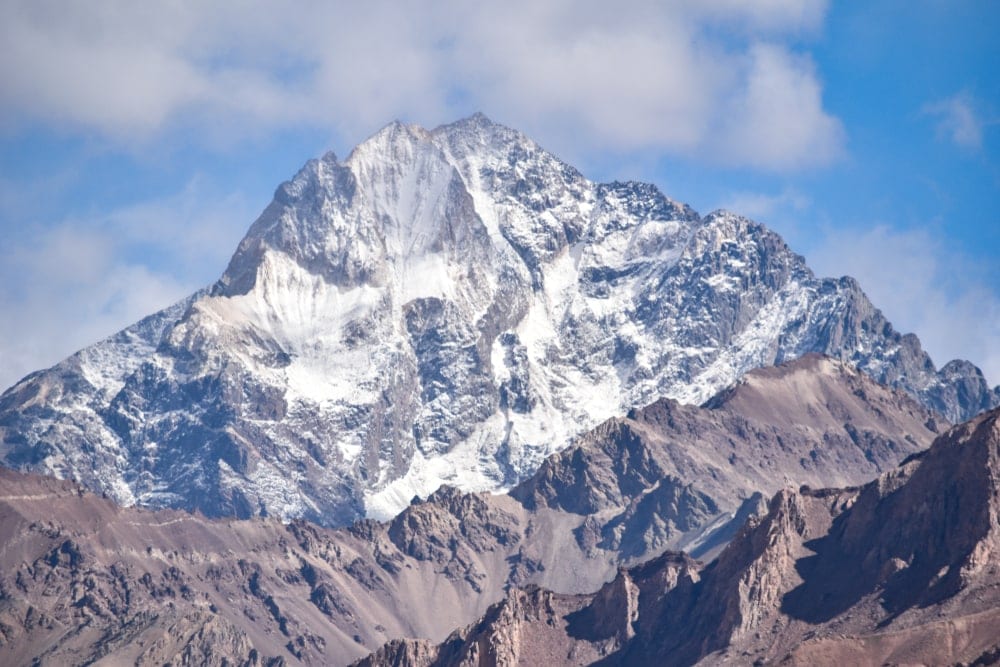
Aconcagua mountain is the highest in all of the Americas and is also the tallest peak outside of Asia. The mountain is noted for being particularly dangerous, with around three deaths being recorded every year, earning it the nickname “The Mountain of Death”. Despite this, Aconcagua is considered a relatively easy climb, especially if ascended via the normal route. Alternative routes, such as the popular Polish route, can be considerably more hazardous.
First recorded ascent: Matthias Zurbriggen, 1897
10. The Matterhorn, Switzerland Approximate Cost: $8,212
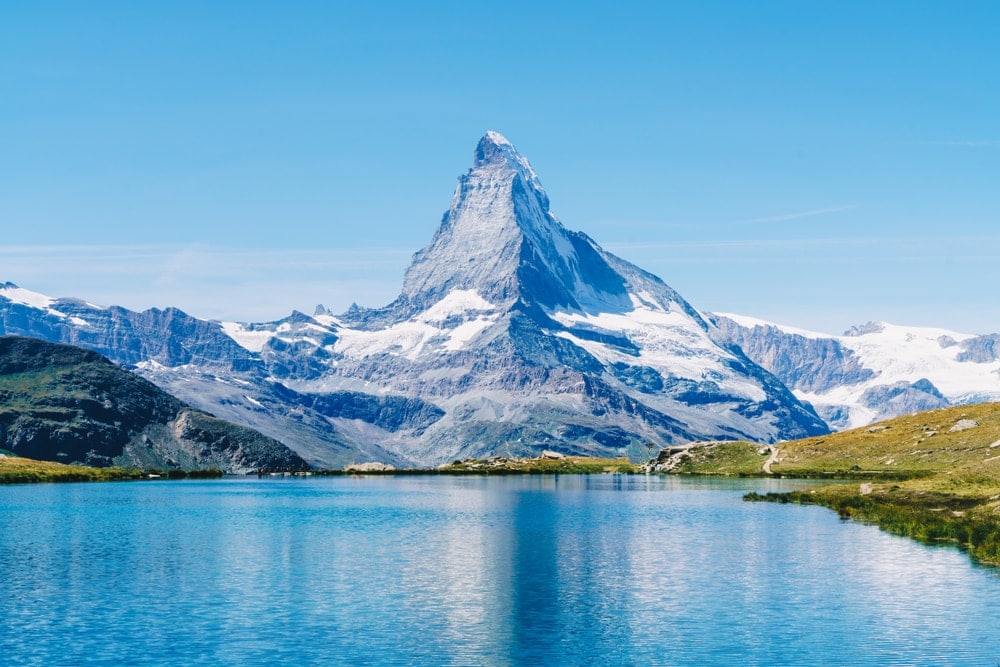
The Matterhorn is a towering peak whose symmetrical structure has made it an iconic image often used to represent Switzerland or its Alps. The mountain’s daunting presence has inspired both awe and dread in the hearts of mountaineers, which explains why it was one of the last peaks of the Alps to have been summitted. The fascination with this mountain has extended into the modern day with many mountaineers attempting the climb, and between 2005 and 2015, an average of twelve people died in their attempts each year. In fact, on the Matterhorn’s first ascent, four of the seven climbers lost their lives on the descent from the peak.
First recorded ascent: Edward Whymper, Michel Croz, Peter Taugwalder Snr., Peter Taugwalder Jnr., Charles Hudson, Lord Francis Douglas, and Douglas Robert Hadow.
Climbing tips for beginners
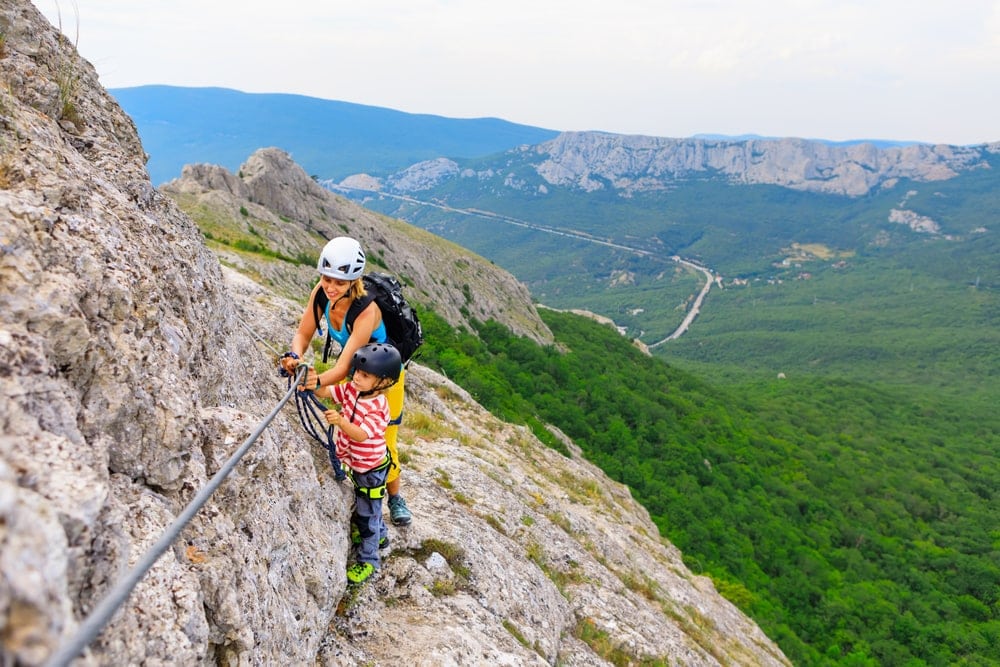
Mountain climbing is a challenging and often dangerous sport, which sees climbers lose their lives on a regular basis. It is therefore essential that you prepare yourself as much as possible before attempting your first climb. Here are a few adventure tips to help you do so:
- Start small – You shouldn’t dive in at the deep end by attempting an overly challenging climb on your first go. Instead, try a few of the less technical climbs first to build up your confidence, practice your climbing techniques, and gain experience exerting yourself at high altitudes.
- Downhill is just as important – You may have mastered uphill hiking, which is necessary for any mountainous terrain, but have you dedicated time to practicing walking downhill? Many accidents occur on the descent, when climbers are tired and more worn out, so it’s important that you’re just as comfortable in your descent as you are in the ascent.
- Cardio is key – Mountain climbing is an extremely strenuous activity, so make sure that you are fit and ready for the challenge ahead. Include activities such as running or jogging that will strengthen your cardiovascular endurance. This will help you deal with the combination of protracted physical exertion and the thinner atmosphere of higher altitudes.
- Research your route – You should find out as much about the mountain and route as possible before you set off on your climb. Not only will this help you orientate yourself and understand the challenges ahead, but it will also help you get the most out of your excursion.
- Leave no trace – Mountains are pristine natural environments, often home to fragile ecosystems that are easily disturbed by wandering humans. In order to preserve these environments, you should always ensure that you take any waste with you, never leaving any litter on the mountainside. This is out of respect not only for the mountain, but for your fellow climbers as well.
- Listen to the experts – When heading out on a mountain climbing expedition, you should always go with an experienced guide who knows the route. Always listen to the advice that they have to give, as their knowledge of the climb will far exceed your own, and it could be the difference between a successful expedition or a tragic accident.
Methodology
- We wanted to find out which mountains are the most expensive to climb. In order to do this, we sourced pricing data from a leading adventure tourism company that specializes in mountain climbing, Alpine Ascents. We compared the prices of their single-mountain expeditions and ordered them by cost.
- Next, we looked at the cost of equipment for each expedition. Each mountain had a slightly different set of required kit which was necessary to complete the climb. We noted down the cost of all of the equipment, choosing the more affordable options where available, including the option to rent kit where applicable. We then totaled up the cost of gear to give each expedition a single figure for gear expenses and added this figure to the expedition price to give an overall cost.
- We then ranked the expeditions by the combined figure and produced a top ten ranking of the most expensive mountains to climb.
Fair Use Statement
If you’re interested in covering this research, we encourage you to use any of the content included above. We just ask that you attribute Outforia fairly in your coverage and provide a link to our website so that your audience can learn more about our work.







